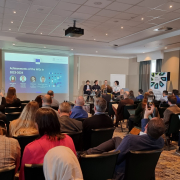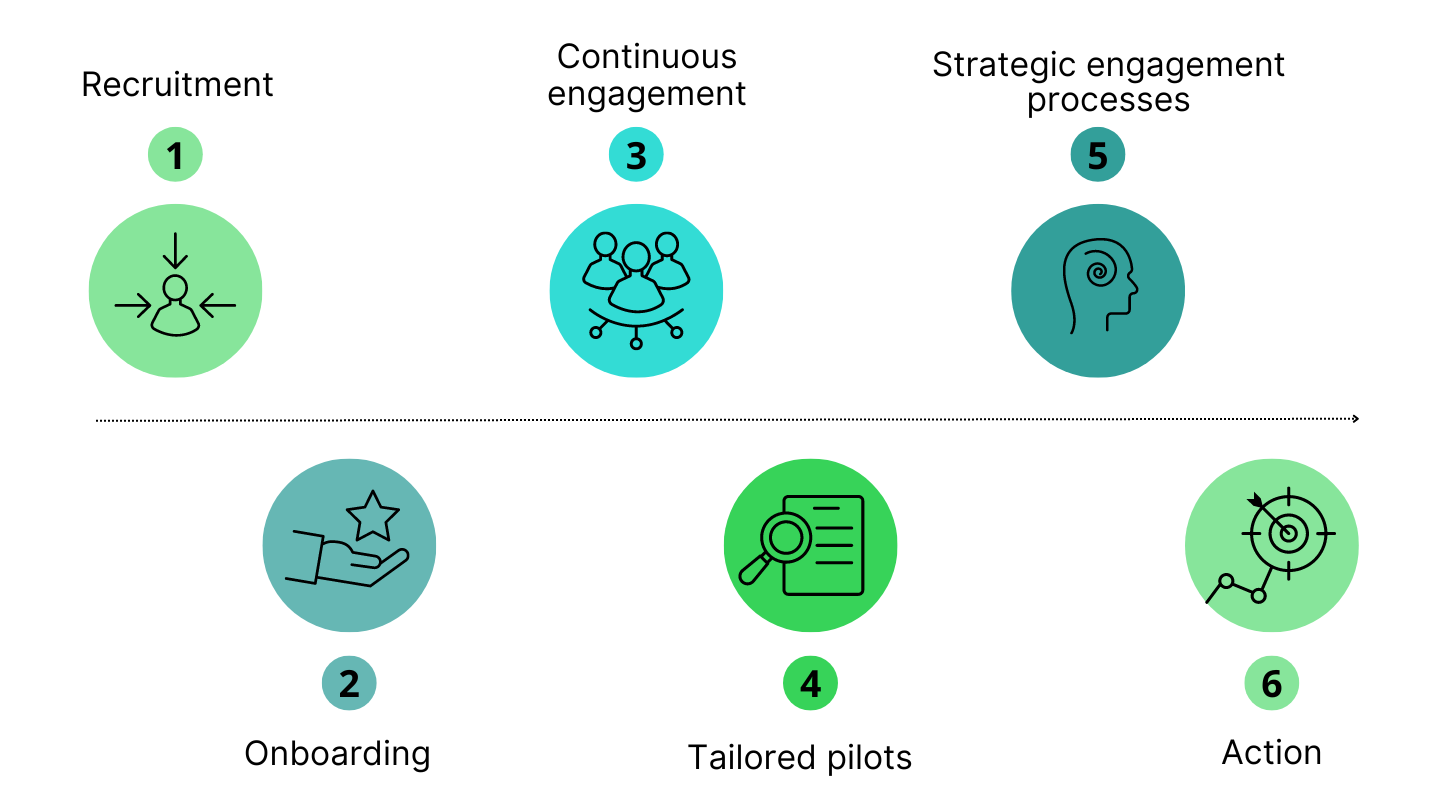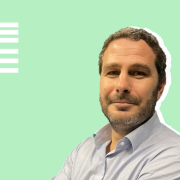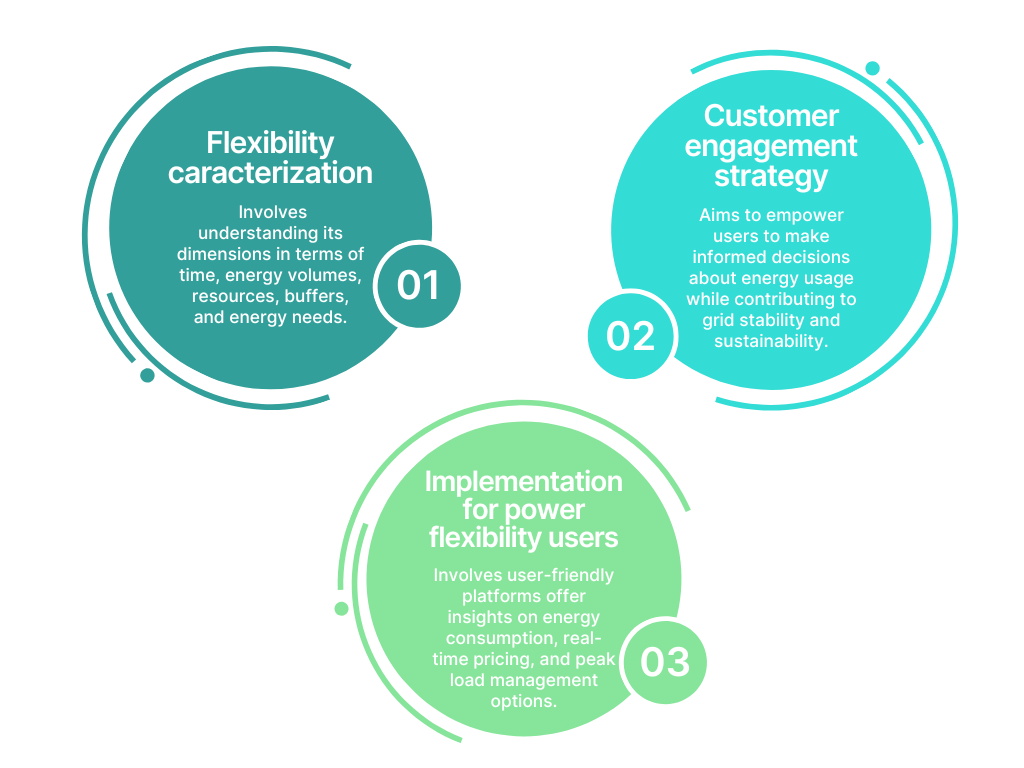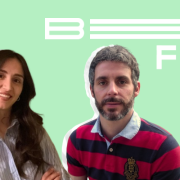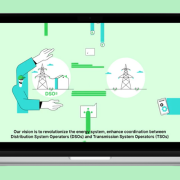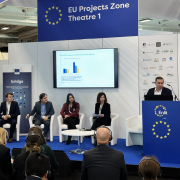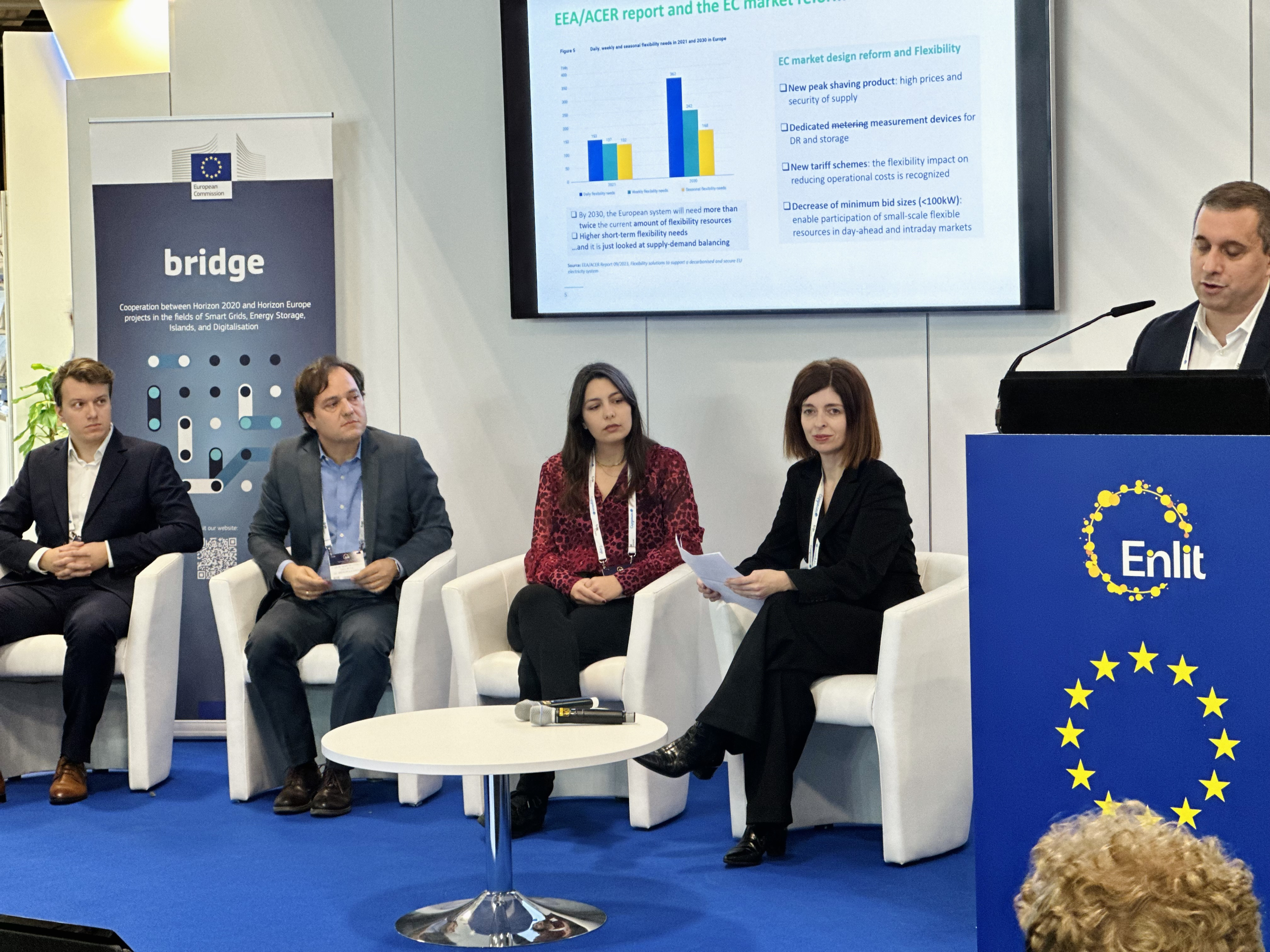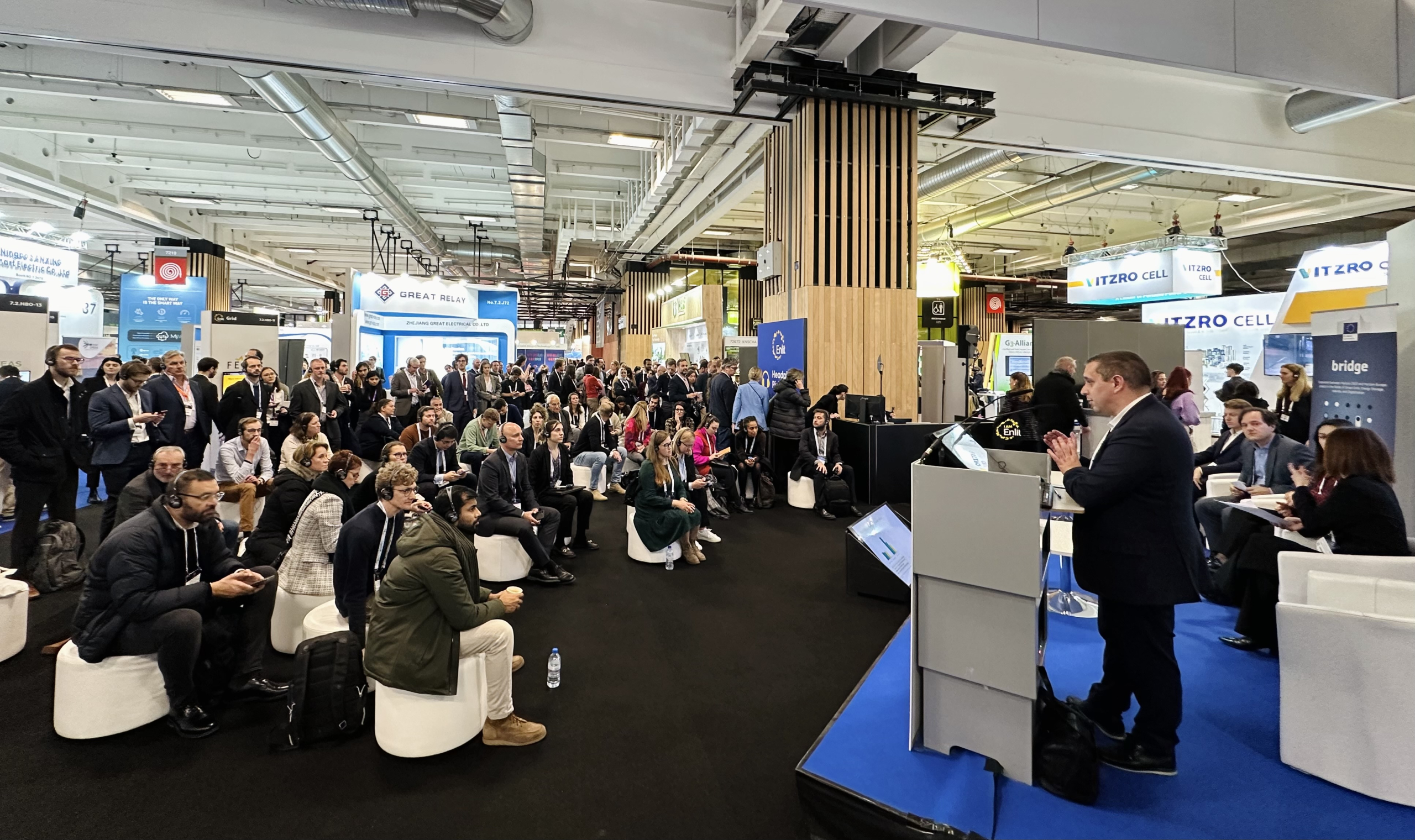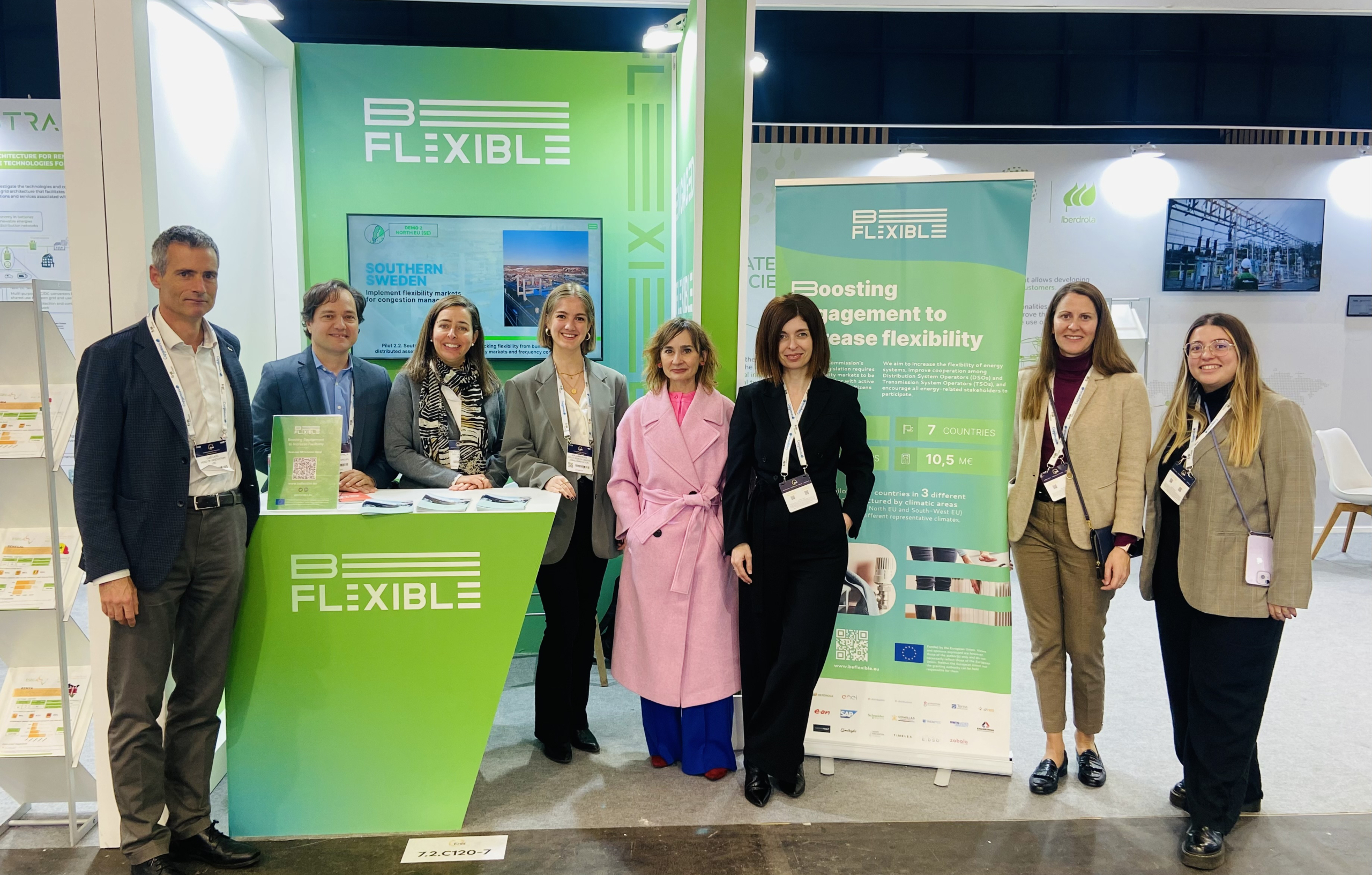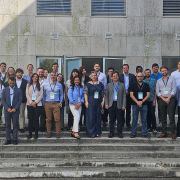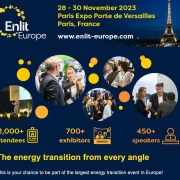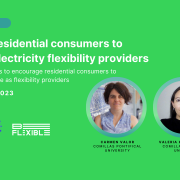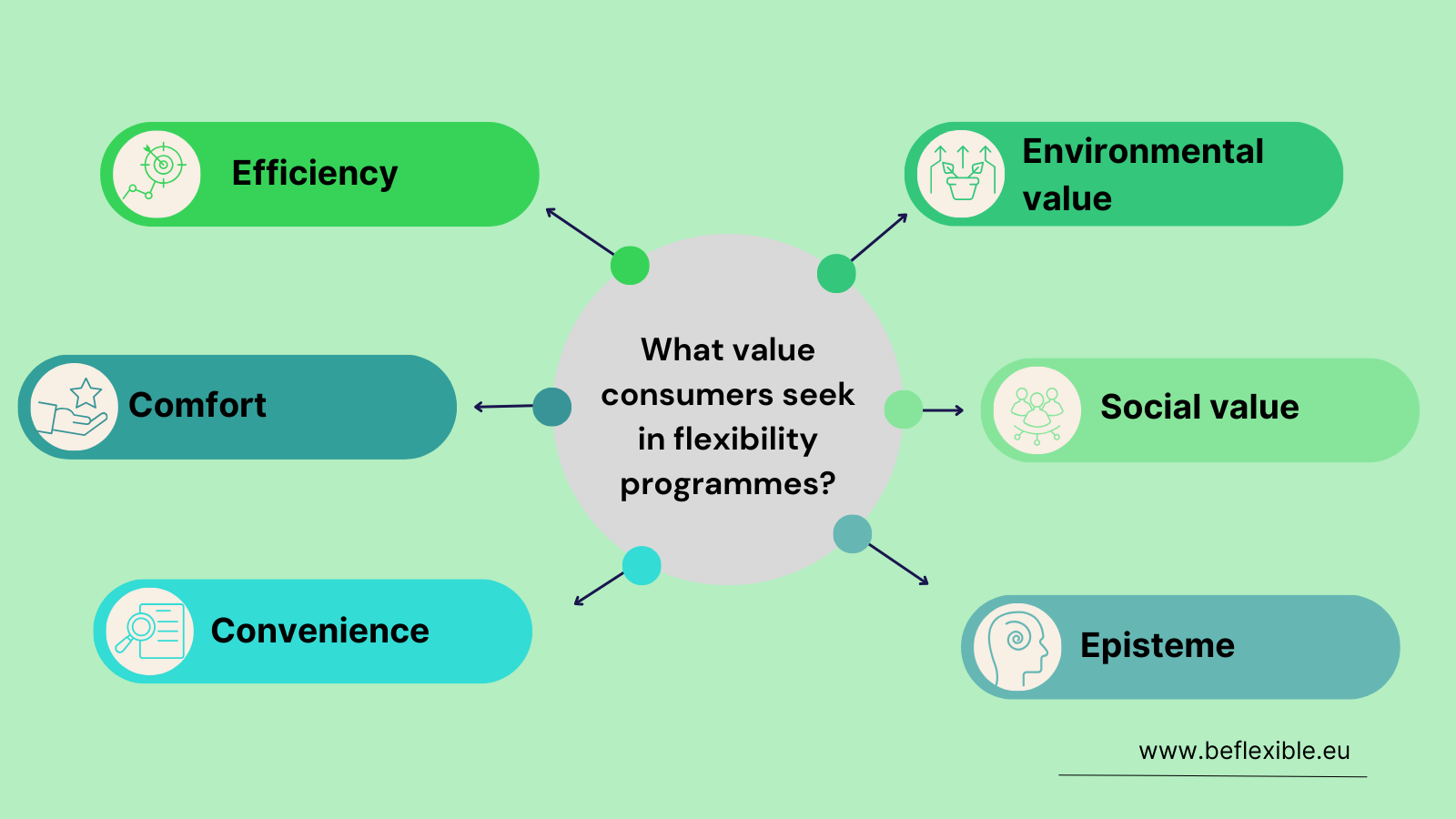BRIDGE General Assembly 2024: A convergence of energy innovation
The annual BRIDGE General Assembly, held both in Brussels and virtually on March 9th and 10th, 2024, brought together a diverse group of stakeholders, including researchers, industry representatives and policymakers. With a total of 190 projects (174 ongoing), the assembly served as a pivotal platform for discussing the latest developments in the energy landscape and fostering the creation of a sustainable, secure, affordable, and efficient energy system.
The BeFlexible project actively participated as part of the BRIDGE Initiative. Onsite representation included Santiago Gallego from Iberdrola (Working Group on Regulation) and Minna Kuivalainen from Smart Innovation Norway (Working Group on Consumer and Citizen Engagement). Additionally, online participation extended to the Business Models and Data Management working groups.
BRIDGE aims to provide a structured approach to address cross-cutting issues encountered in demonstration projects, which may impede innovation. The BRIDGE process facilitates continuous knowledge sharing among projects, enabling them to collectively deliver conclusions and recommendations for the future exploitation of project results.
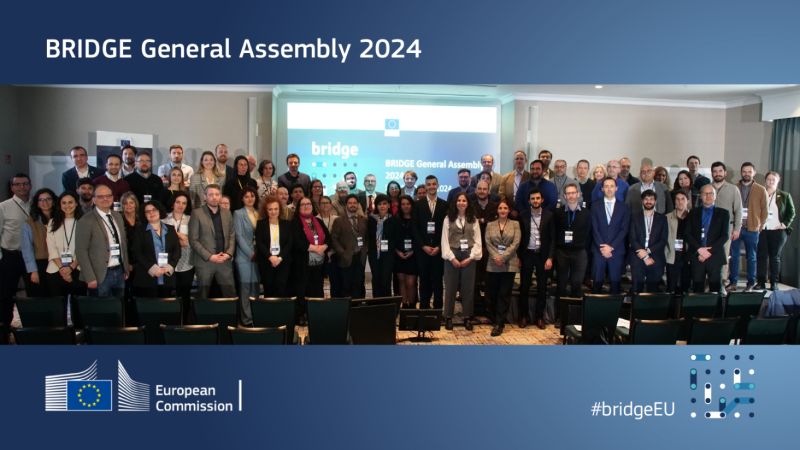 Bridge General Assembly 2024
Bridge General Assembly 2024
Key Outcomes from the BRIDGE General Assembly
The BRIDGE General Assembly featured informative sessions and engaging discussions.
During the first day, attendees convened for a plenary session, where the European Commission’s Directorate-General for Energy (DG Energy) covered various topics, including policy updates on the EU Action Plan for Grids, Network Code on Demand Response, and Net Zero Industry Act. Participants also learned about completed BRIDGE projects (Platone, OneNet, Trinity, X-Flex, EUniversal, ebalance-plus) and other relevant initiatives like ETIP SNET, ISGAN, and European Commission international engagements.
The second day focused on policy updates shared by the European Commission’s Directorate-General for Communications Networks, Content and Technology (DG Connect) on the Data Act and AI Innovation Package, with DG Energy providing insights on the SET Plan. The day predominantly centered on collaborative work within the different working groups.
BRIDGE Working Groups Progress
During the BRIDGE General Assembly, significant progress was made across various working groups:
Working Group on Regulation:
Discussions surrounding energy storage underscored the need for a regulatory framework that delineates clear rules and responsibilities concerning ownership, competition, technical modalities, and financial conditions, applicable to both island and mainland contexts. Similarly, deliberations on smart grids highlighted regulatory challenges pertaining to incentives for demand-side response, commercial arrangements, collaboration with Transmission System Operators (TSO) and Distribution System Operators (DSO), smart meter data, and more.
Working Group on Business Models:
This group concentrated on establishing common language and frameworks for describing and evaluating business models. They also focused on identifying and assessing existing as well as innovative business models demonstrated within projects or use cases. Notably, efforts are underway to develop and test a simulation tool that facilitates the comparison of the profitability of various business models applicable to smart grids and energy storage solutions.
Working Group on Data Management:
Encompassing both technical and non-technical aspects, discussions within this group revolved around communication infrastructure necessary for data exchange, cybersecurity, data privacy, data handling frameworks, and related roles and responsibilities. Emphasis was placed on ensuring secure and interoperable data exchange, alongside the utilization of data analytics techniques for processing.
Working Group on Consumer and Citizen Engagement:
This group delved into various aspects of consumer and citizen engagement, including segmentation analysis considering cultural, geographical, and social dimensions, understanding customer value systems, drivers for engagement, effectiveness of engagement activities, and identification of triggers for behavioral changes, such as incentives. Furthermore, discussions centered on regulatory innovations aimed at empowering consumers.
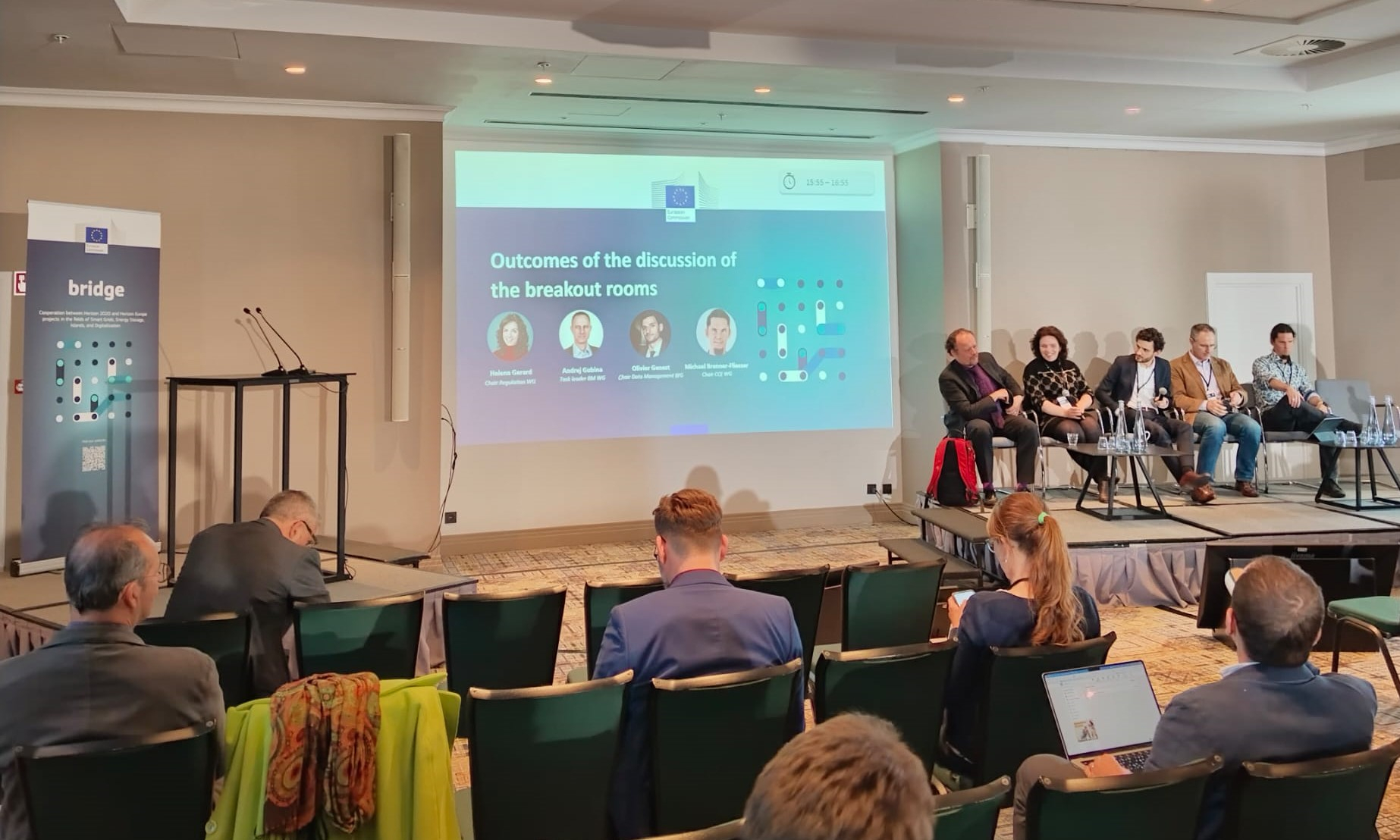 Bridge General Assembly 2024- Working Groups achievements
Bridge General Assembly 2024- Working Groups achievements
Overall, the BRIDGE General Assembly provided an exceptional opportunity for stakeholders to converge, exchange ideas and best practices, and collaborate towards the common goal of creating a sustainable and efficient energy system. The assembly underscored the significance of collaboration and cross-sectoral engagement in achieving this collective objective.
